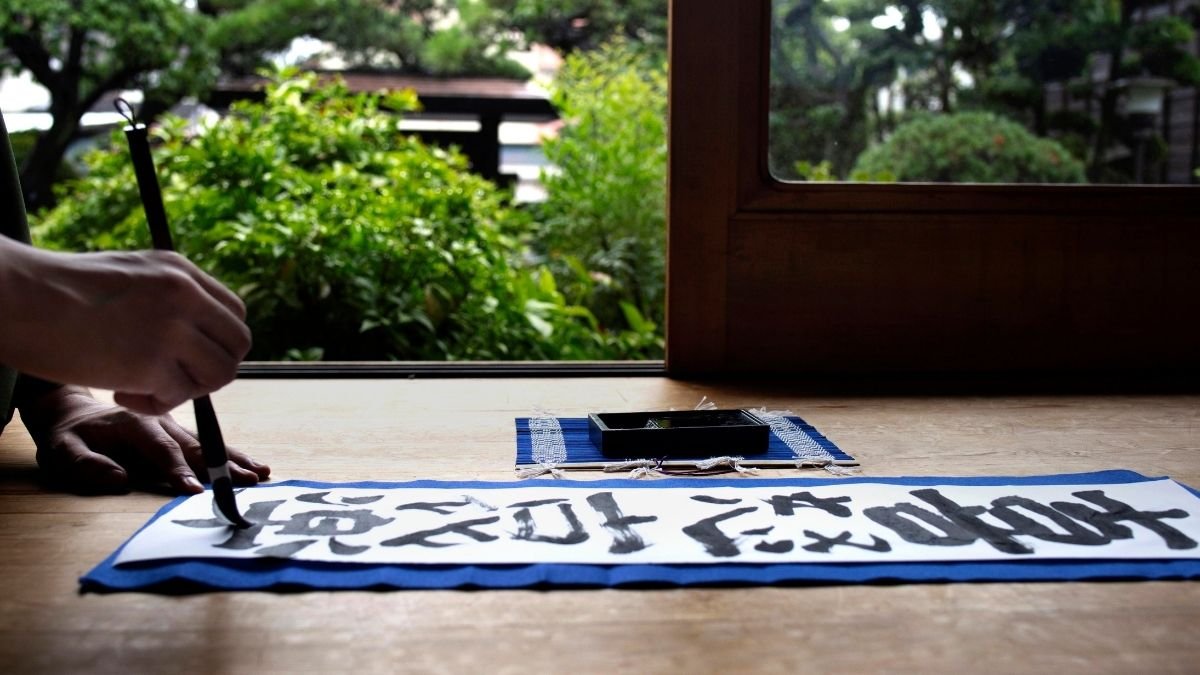If you explore the rich tapestry of global cuisine, you’ll encounter dishes that are more than just food; they are stories, traditions, and a reflection of culture. Beyabalut Ogukki is one such culinary treasure. While it may not be a household name in many parts of the world, this dish offers a unique window into the history and flavors of the culture from which it originates. For food enthusiasts and cultural explorers alike, learning about Beyabalut Ogukki is a rewarding journey.
This comprehensive guide will walk you through everything you need to know about Beyabalut Ogukki. We will explore its fascinating history, break down its essential ingredients, and provide a step-by-step guide to its preparation. By the end of this article, you will not only understand the cultural importance of this dish but also feel inspired to bring its unique flavors into your own kitchen. Whether you are looking to expand your culinary skills or simply curious about world foods, this guide offers valuable insights into a remarkable dish.
The History and Origins of Beyabalut Ogukki
Every dish has a story, and the tale of Beyabalut Ogukki is deeply woven into the cultural and historical fabric of its homeland. To appreciate this dish fully, we must first understand where it comes from and how it has evolved. While pinpointing the exact moment of its creation is difficult, as is the case with many traditional foods, we can trace its roots back through oral histories, community practices, and historical context.
Beyabalut Ogukki is believed to have originated in a specific region known for its unique agricultural practices and strong community bonds. It began as a humble, nourishing meal prepared by rural communities using locally sourced, seasonal ingredients. Its initial form was likely simple, designed to provide sustenance and comfort. Over generations, as the community prospered and trade routes introduced new ingredients and culinary techniques, the recipe for Beyabalut Ogukki began to evolve.
The cultural significance of the dish grew alongside its culinary complexity. It transitioned from being an everyday meal to a centerpiece of communal gatherings, celebrations, and significant life events. The act of preparing Beyabalut Ogukki became a communal activity, a time for family and friends to come together, share stories, and pass down traditions from one generation to the next. This evolution cemented its status not just as a food, but as a symbol of unity, heritage, and identity.
Key Ingredients in Beyabalut Ogukki
The magic of Beyabalut Ogukki lies in its unique combination of ingredients. Each component is chosen not only for its flavor and texture but also for its traditional use and symbolic meaning. While regional variations exist, a core set of ingredients defines the authentic taste of the dish.
Primary Components
- The Grain: The foundation of Beyabalut Ogukki is a specific type of local grain. This grain is prized for its nutty flavor and slightly chewy texture, which provides a hearty base for the other ingredients. Traditionally, this grain was cultivated using sustainable farming methods and was a staple food source for the community.
- The Protein: The choice of protein can vary, but a traditionally favored option is a type of slow-cooked meat or a specific variety of legume. When meat is used, it is often a cut that benefits from long, slow cooking, resulting in a tender and flavorful element. Legume-based versions offer a hearty and nutritious alternative, reflecting the dish’s versatility.
- Aromatic Herbs: A blend of fresh and dried herbs is crucial for creating the signature aroma and flavor profile of Beyabalut Ogukki. These often include a mix of native herbs, some of which may be unfamiliar to outsiders but are essential to the dish’s authenticity.
Spices and Flavorings
The spice blend used in Beyabalut Ogukki is often a closely guarded family secret. However, common spices include a mix of earthy, warm, and slightly pungent elements. These spices are carefully balanced to complement the other ingredients without overpowering them. A unique fermented paste or sauce is also a common addition, lending a deep, savory umami flavor that is characteristic of the dish.
How to Prepare Traditional Beyabalut Ogukki
Making Beyabalut Ogukki is a process that requires patience and care, but the reward is a deeply flavorful and satisfying dish. This step-by-step guide will walk you through the traditional preparation method.
Step 1: Preparing the Ingredients
Begin by preparing all your components. If you are using meat, it is often marinated overnight in a portion of the spice blend to deepen its flavor. The grain should be rinsed thoroughly and soaked for a few hours to soften it and reduce cooking time. Chop your aromatic vegetables and measure out your herbs and spices.
Step 2: Building the Flavor Base
The cooking process starts by creating a flavor base. In a large, heavy-bottomed pot, heat a small amount of oil or rendered fat. Add your aromatic vegetables and cook them slowly until they are soft and fragrant. Next, add the spice blend and cook for another minute until the spices release their aroma. This step is crucial for developing the deep, complex flavors of the dish.
Step 3: Cooking the Protein and Grain
If using meat, add it to the pot and sear it on all sides. This helps to lock in the juices and add another layer of flavor. Once the meat is browned, add the soaked grain and the remaining cooking liquid (this could be water, broth, or a combination). Bring the mixture to a simmer, then reduce the heat to low, cover the pot, and let it cook slowly. The cooking time will vary depending on the specific ingredients used, but it often takes several hours for the flavors to meld and the grain and protein to become perfectly tender.
Step 4: Finishing the Dish
In the final stages of cooking, the fresh herbs are often added to preserve their bright flavor and aroma. The dish is given a final stir, and the seasoning is adjusted if necessary. Traditionally, Beyabalut Ogkuki is left to rest for a short period before serving, allowing the flavors to settle and deepen even further.
The Cultural Significance of Beyabalut Ogukki
Beyabalut Ogukki is far more than just a recipe; it is a vital part of the cultural landscape from which it comes. Its presence is felt in celebrations, rituals, and the simple moments of daily life.
The dish is often the centerpiece of community feasts and festivals. During these events, large quantities of Beyabalut Ogukki are prepared in communal kitchens, and the entire community partakes in the meal. This act of shared cooking and eating reinforces social bonds and fosters a sense of collective identity.
Furthermore, it plays a role in significant life-cycle events, such as weddings, births, and funerals. In these contexts, the dish symbolizes different things—at a wedding, it might represent abundance and prosperity, while at a funeral, it could be a source of comfort and a way to honor the memory of the deceased. The stories and anecdotes shared over a bowl of Beyabalut Ogukki become part of the collective memory of the community, passed down through generations.
Modern Adaptations of a Classic Dish
While the traditional recipe for Beyabalut Ogukki remains cherished, the dish has not been immune to the forces of modernization and globalization. Contemporary chefs and home cooks have begun to experiment with the classic formula, creating exciting new variations.
Some adaptations focus on convenience, using modern kitchen appliances like pressure cookers or slow cookers to reduce the cooking time. Others experiment with non-traditional ingredients, incorporating flavors and techniques from other cuisines. You might find versions of Beyabalut Ogukki that include different types of grains, exotic vegetables, or fusion-inspired spice blends.
These modern takes have helped to introduce Beyabalut Ogukki to a wider, global audience. Food bloggers, chefs, and culinary influencers are sharing their versions of the dish on social media, sparking curiosity and encouraging people from all over the world to try it. While these adaptations may differ from the original, they help to keep the tradition alive and relevant in a changing world.
A Dish Worth Discovering
Beyabalut Ogukki is a perfect example of how food can be a powerful medium for storytelling and cultural expression. It offers a rich, complex flavor profile that is a testament to the history, environment, and traditions of its people. From its humble origins to its role as a cultural cornerstone, every aspect of this dish tells a story.
Learning to prepare Beyabalut Ogukki is an invitation to connect with a culinary tradition that values patience, community, and the art of slow cooking. It is an opportunity to explore new flavors and techniques while gaining a deeper appreciation for the cultural significance of food. We encourage you to try making this remarkable dish and share the experience with your friends and family.
Have you ever tried Beyabalut Ogukki? Do you have a family recipe or a special memory associated with this dish? Share your experiences and questions in the comments below. We would love to hear from you!







Leave a Reply